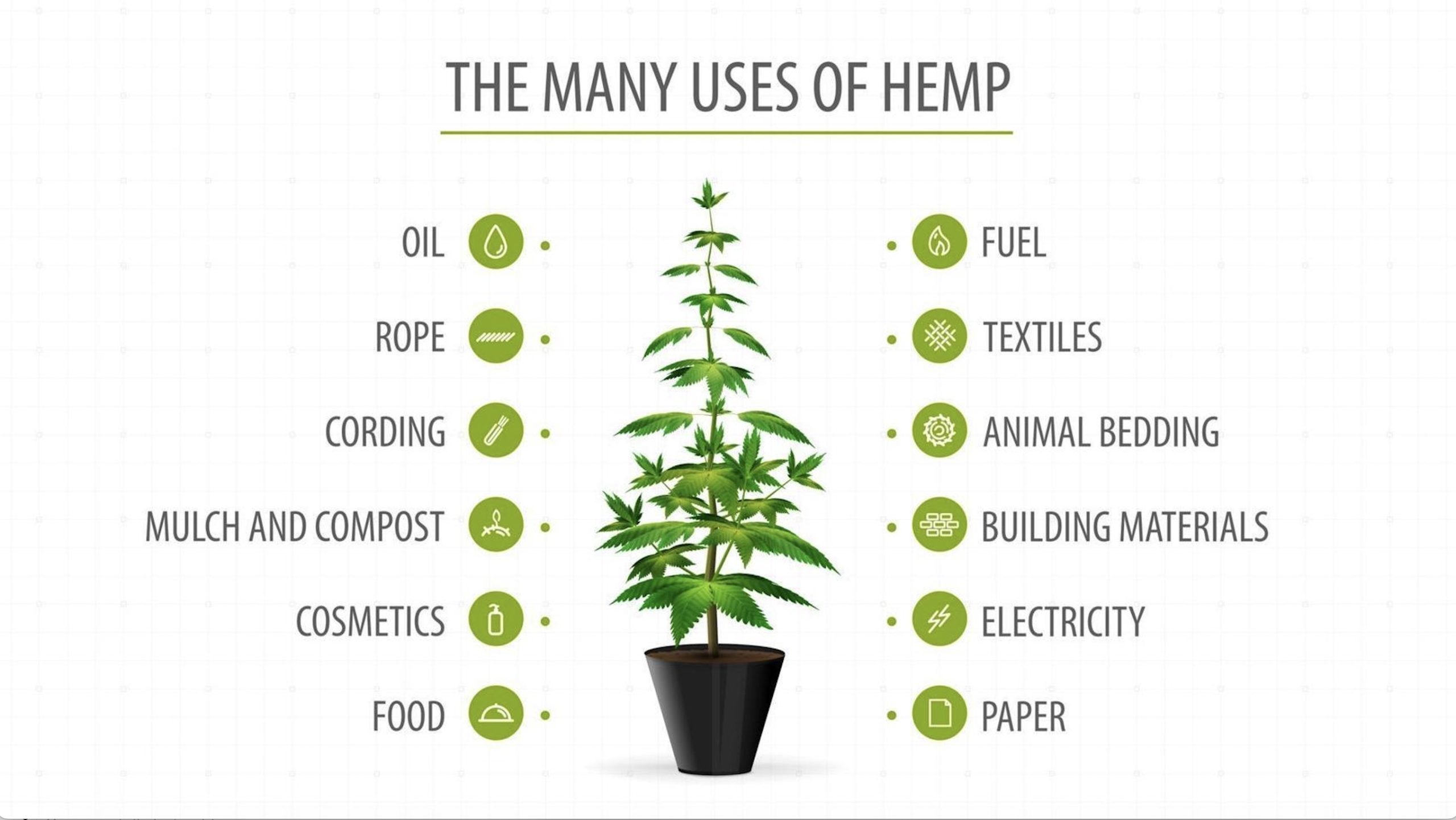The High Wire by Tracy Beanz & Michelle Edwards 2/13/2025

In 1937, hemp—which comes from the same species of plant as marijuana—was criminalized in the United States under the Marijuana Tax Act despite possessing none of the psychoactive properties found in marijuana. Following that, hemp was classified as a Schedule I drug under the Controlled Substances Act of 1970 solely because of its association with marijuana. Before being criminalized, hemp played a substantial role in early American industry and was widely used for clothing, ropes, industrial textiles, paper, fuel, and even pain relief. However, once it was outlawed, hemp was replaced by materials produced by many of the same powerful corporate and politically connected deep-state enterprises responsible for the dire health and financial crisis currently facing our nation.
Relatively inexpensive to grow, hemp was a vital crop in many civilizations for thousands of years due to its strong fibers, versatility, and sustainability. Hemp was transported to North America in the early 1600s and was widely grown in many parts of the New England colonies during the 1700s and 1800s. More than one hundred water-powered mills once processed hemp fiber in Pennsylvania. In 1619, the Virginia Assembly passed legislation requiring every farmer to grow hemp. As a valuable commodity, hemp was exchanged as legal tender in Pennsylvania, Virginia, and Maryland. Indeed, Native Americans also cultivated hemp throughout North America, which is just touching the surface of the early days of hemp in America. So what happened?
In the U.S., after it was criminalized and banned, corporate greed and under-the-table deals undoubtedly took hold, and hemp products were replaced with less sustainable creations that have made billions for a select few while contaminating millions more, both humans and the environment. One could argue that some of these alternatives offered new opportunities, but in reality, many have proven to be toxic, less sustainable, and more resource-intensive in the long run. Hmmm, a natural product versus corporate greed or natural immunity versus big pharma. The pattern is clear, and the agenda is all too familiar. An article from 1992 on the shenanigans surrounding hemp, gleaned:
“Marijuana was outlawed in 1937 … primarily through the instrument of Harry J. Anslinger of the Federal Bureau of Narcotics and Dangerous Drugs (FBNDD), the predecessor of the Drug Enforcement Agency (DEA), who testified before Congress that “marijuana is the most violence-causing drug in the history of mankind.
Anslinger was appointed director of the FBNDD in 1931 by his future uncle-in-law, Andrew Mellon, of Mellon Bank (DuPont’s financial backer); his goal: criminalize cannabis hemp, which has accounted for nearly all paper, textiles, rope, and lighting oil used prior to the 1930s.”
More:
https://thehighwire.com/editorial/attention-deep-state-could-hemp-solve-your-climate-crisis/